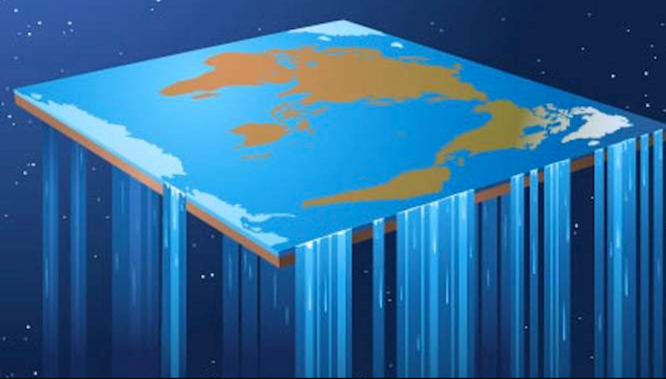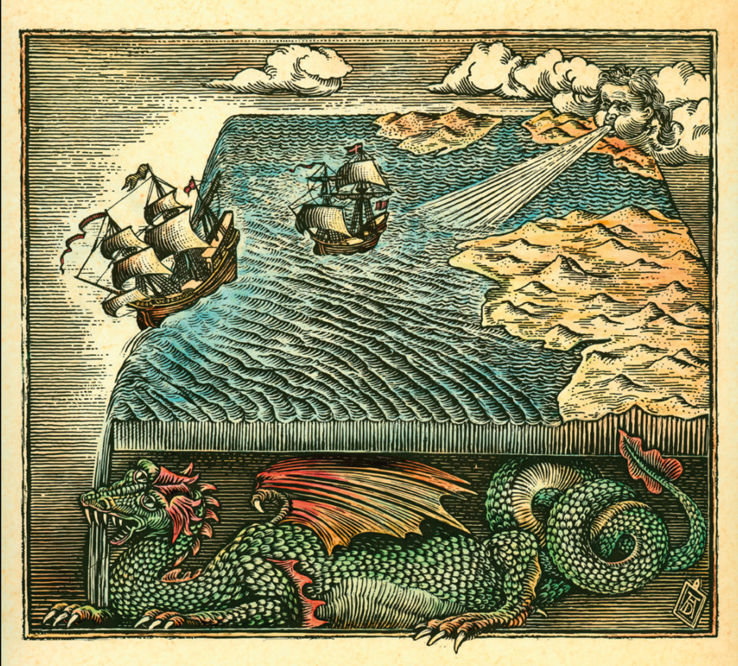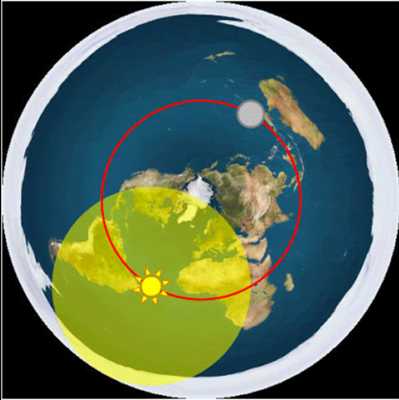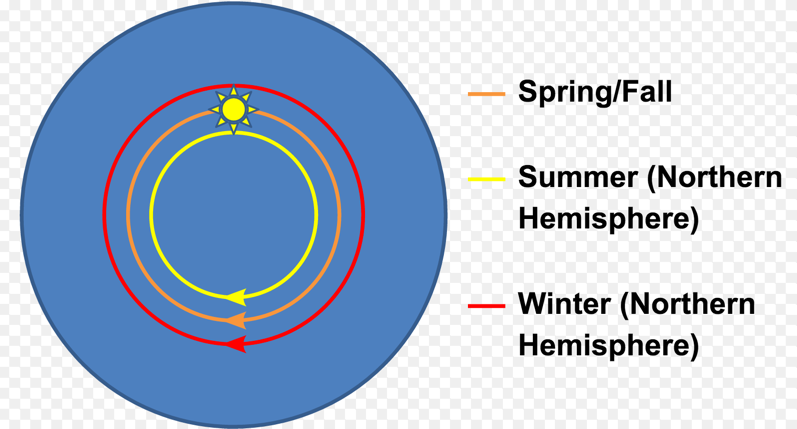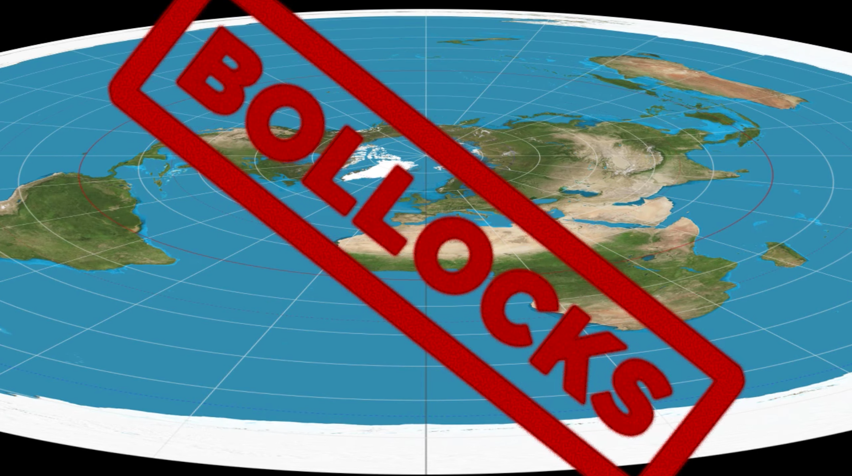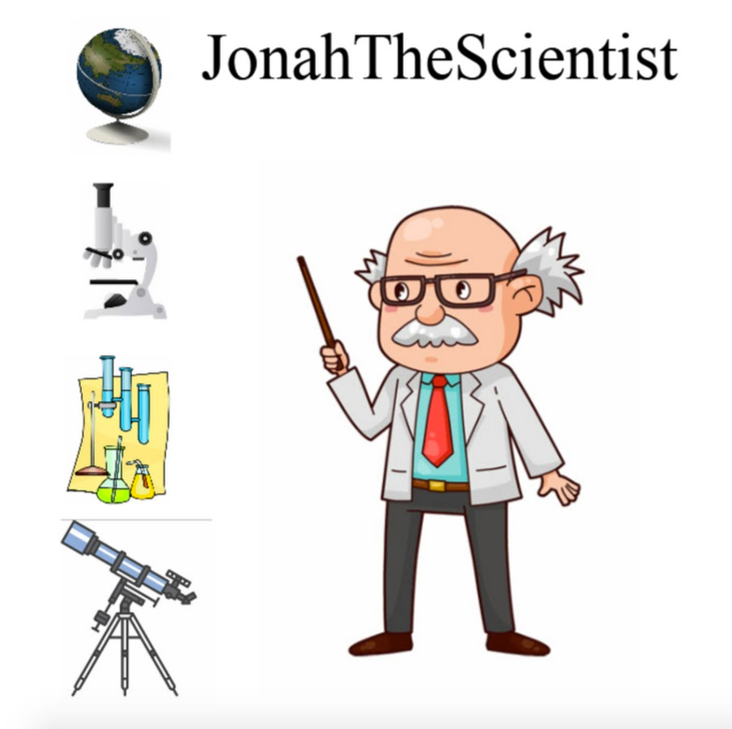Flat Earth conspiracy talking point destroyed - It's not just the Moons Tides anymore - Now Earth's crust movement has been measured
Dear Readers,
Although understanding why the Moon causes tides on the Earth was never an issue for rational people, there is now new information that shows that the Earth's crust also moves do to that same lunar gravitational influence.
It's not just the Moon's Tides anymore...
The newest most sensitive seismic instruments (NSLN-II) at Brookhaven National Laboratory can now measure earth crust movement due to the Moon's gravitational orbital attraction (i.e., the tides) on the Earth.
Here is the FULL ARTICLE for you to read:
- - -
The moon is a harsh mistress—gravitational impacts on NSLS-II
October 19, 2017 by Stephanie Kossman
Night and day, as the moon orbits around earth and the earth around the sun, the gravitational forces of these celestial bodies pull on the earth. This pulling force is what causes the earth's sea levels to rise and fall, a phenomenon we call the "tides." But did you know that land, too, experiences a tide?
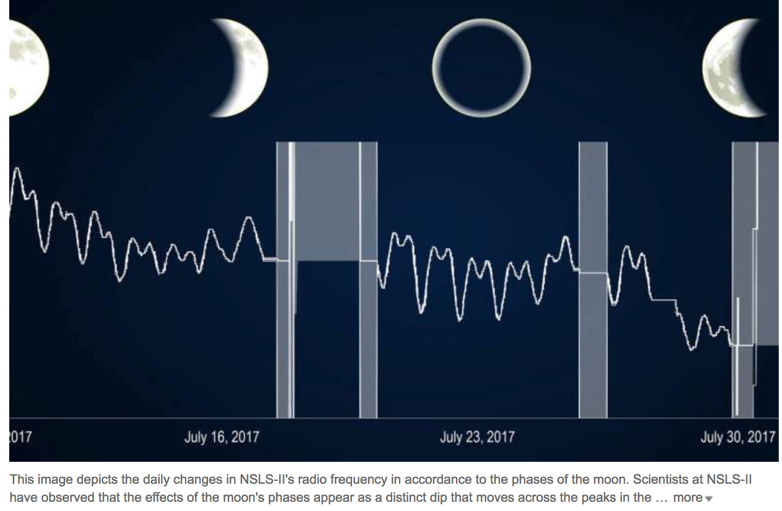
Just like sea levels rise and fall, the earth's crust changes shape with the phase of the moon. We can't see or feel these changes as easily as we can observe the ocean tides because the earth's crust is far more rigid and stable than water. Highly precise machines, however, like the National Synchrotron Light Source II (NSLS-II)—a U.S. Department of Energy Office of Science User Facility—can be significantly affected by this tidal force.
"We think about the tides in terms of the water, but there's also a tide in the earth's crust," said Jim Rose, the radio frequency group leader at NSLS-II. "It causes the whole area of land underneath NSLS-II's accelerator to move ever so slightly, and the land will actually move the accelerator with it."
This slight movement of the earth's surface minutely changes the shape of the accelerator ring at NSLS-II every day, and therefore the position of the electron beam within the ring. Since the electron beam is responsible for delivering NSLS-II's ultra-bright x-rays, if it becomes off-centered from the accelerator ring, the quality of NSLS-II's x-rays could be significantly reduced.
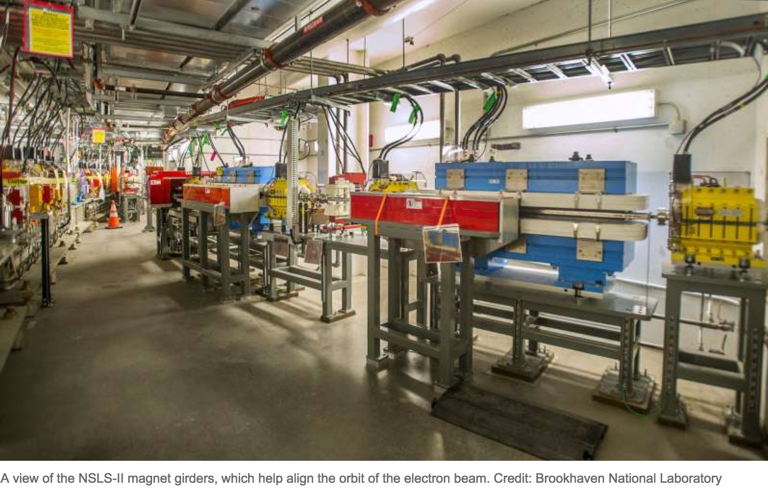
"We knew that there would be daily and annual changes to the beam orbit, so when we designed NSLS-II, a frequency feedback system was envisioned and designed to correct the beam's position based on the pull of the moon and the sun," said Rose.
Like all synchrotrons, NSLS-II uses radio waves to accelerate its electron beam. A frequency feedback system, commissioned by Brookhaven physicist Guimei Wang, corrects the position of the electron beam by manipulating the frequency of these radio waves to compensate for the moon's tidal forces. This changes the way the electron beam is accelerated, correcting the orbit of the beam and allowing NSLS-II to run efficiently at all times—regardless of the activity of our closest celestial neighbor.
Article is here:
https://phys.org/news/2017-10-moon-harsh-mistressgravitational-impacts-nsls-ii.html
- - -
Update: April 2, 2021
Experience the Apollo 11, 13 and 17 missions in real time.
For those that say these events never happened, listen to the hundreds of hours of space-to-ground audio, see the pictures, video & voice from the surface during the walks, mission details - so please stop your DENIALS since you are just embarrassing yourself.
Apollo in Real Time
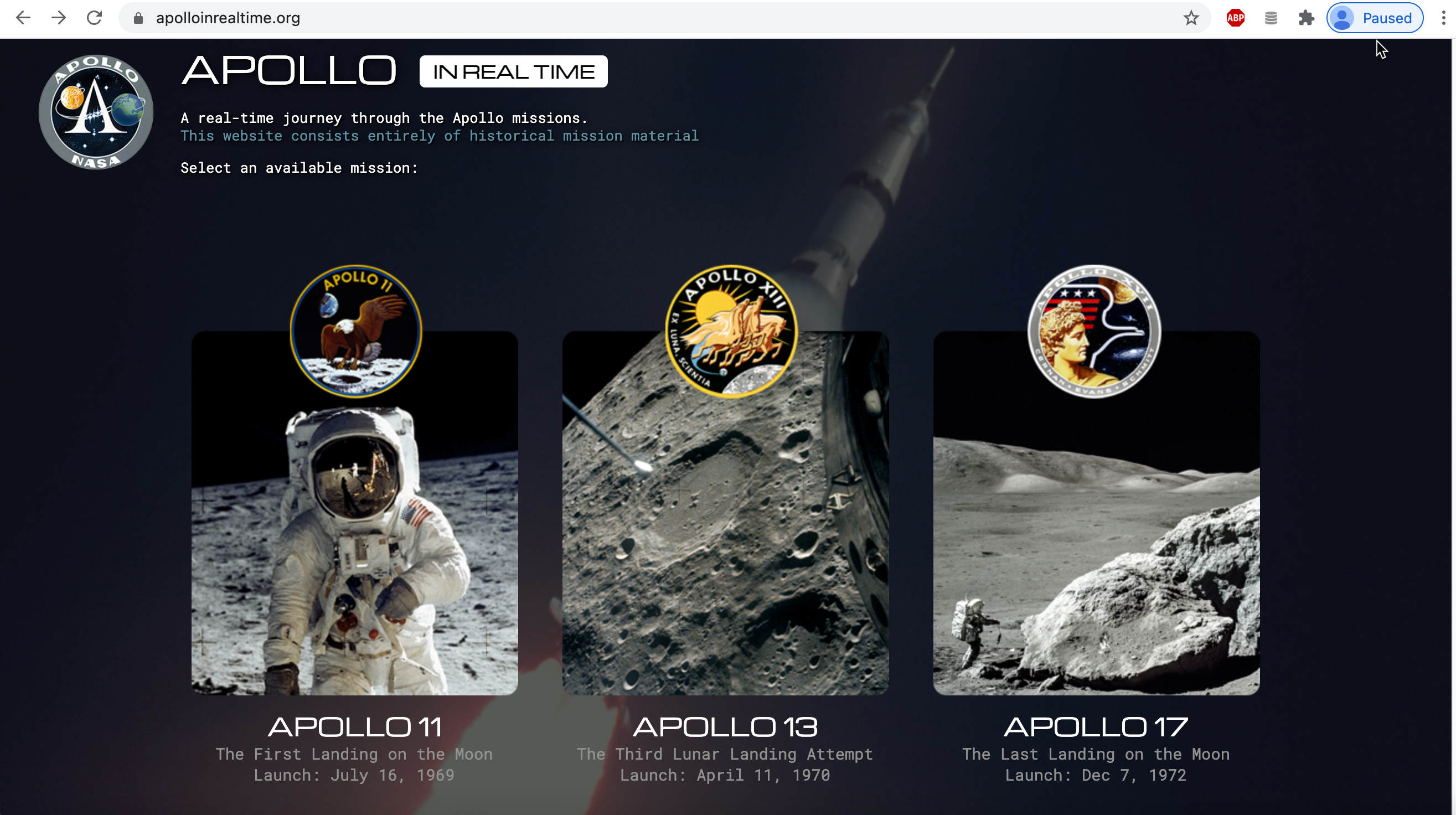
- - -
Apollo 11
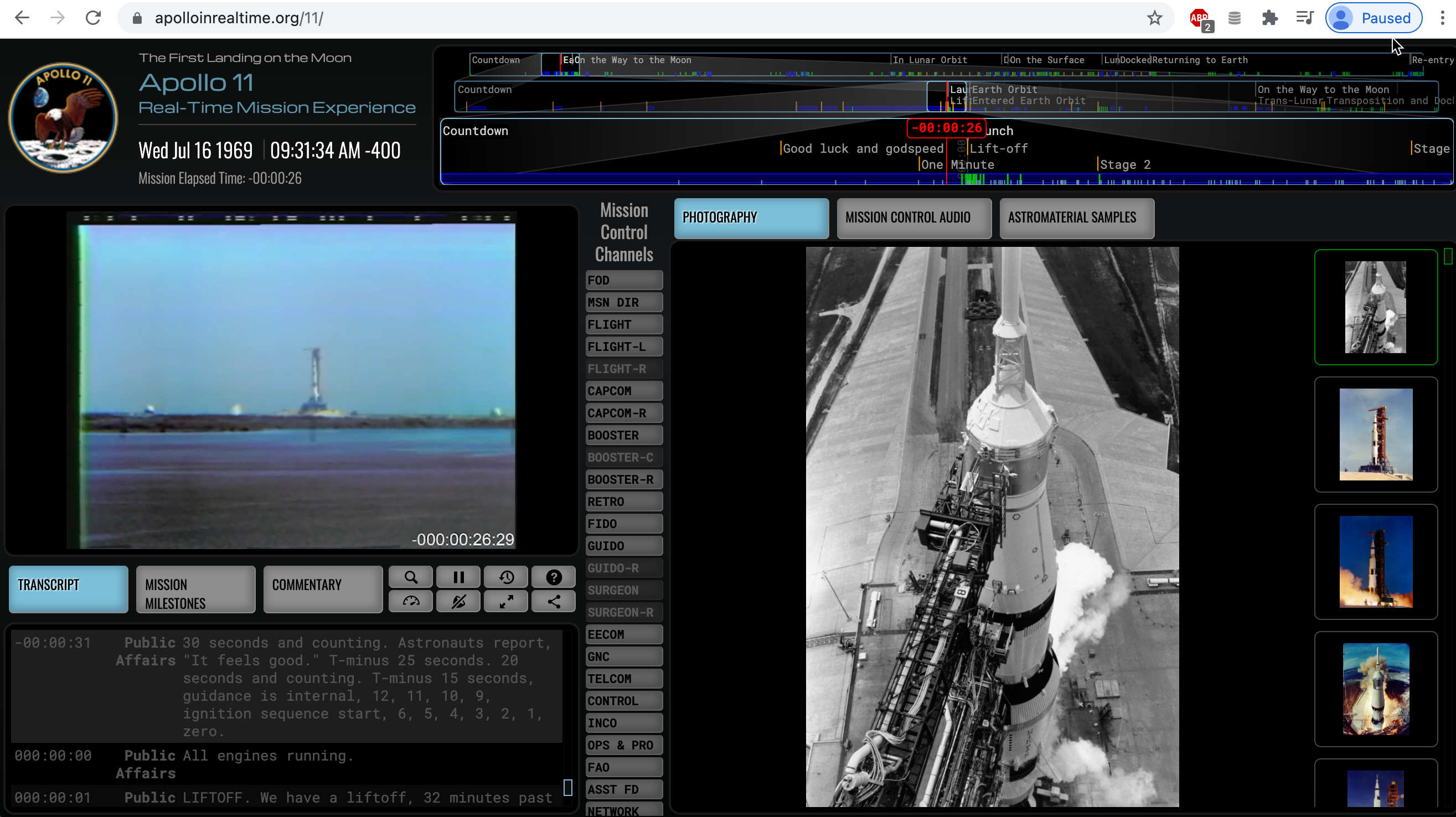
Included real-time elements:
- All mission control film footage
- All TV transmissions and onboard film footage
- 2,000 photographs
- 11,000 hours of Mission Control audio
- 240 hours of space-to-ground audio
- All onboard recorder audio
- 15,000 searchable utterances
- Post-mission commentary
- Astromaterials sample data
- - -
Apollo 13
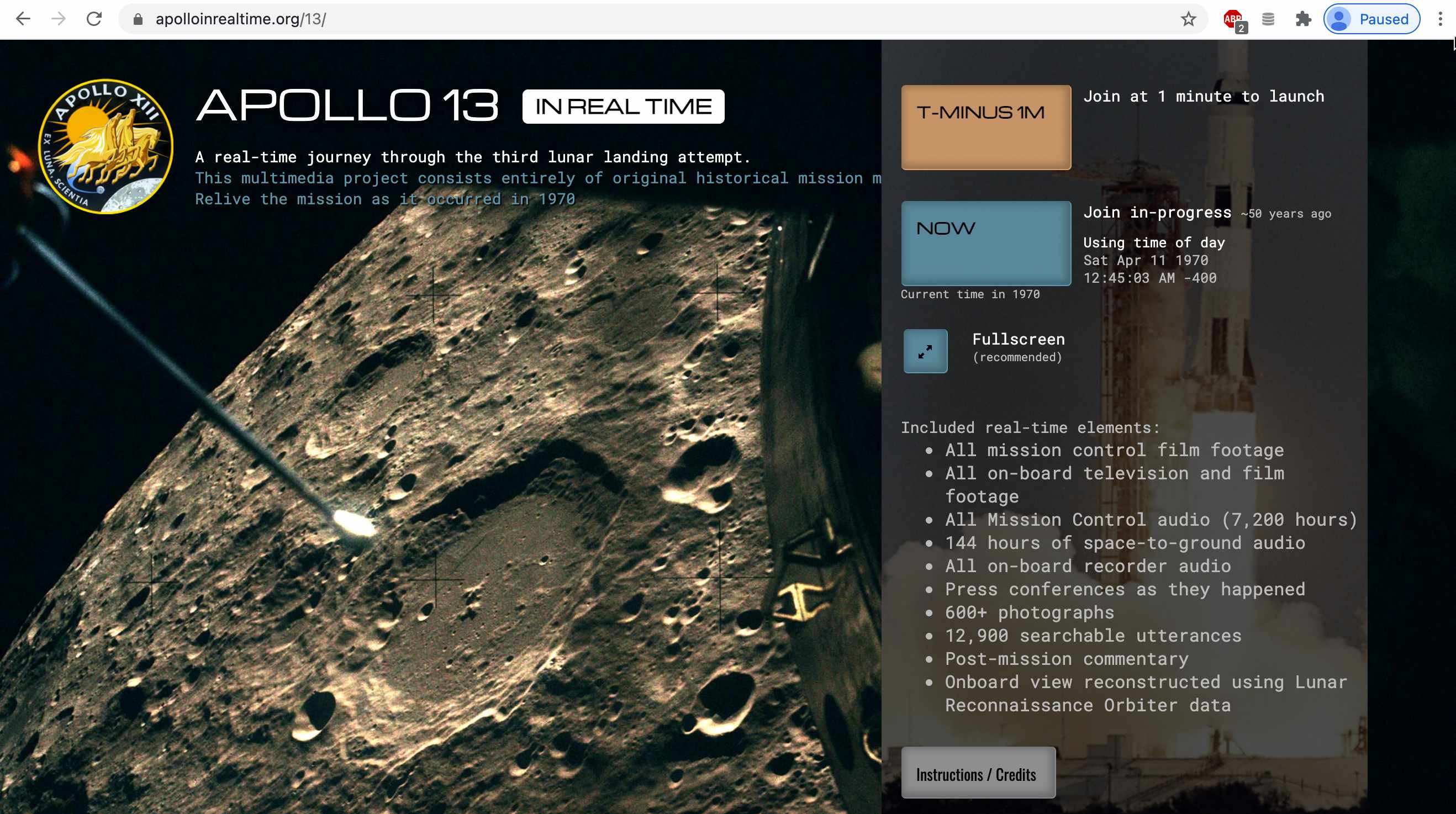
Included real-time elements:
- All mission control film footage
- All on-board television and film footage
- All Mission Control audio (7,200 hours)
- 144 hours of space-to-ground audio
- All on-board recorder audio
- Press conferences as they happened
- 600+ photographs
- 12,900 searchable utterances
- Post-mission commentary
- Onboard view reconstructed using Lunar Reconnaissance Orbiter data
- - -
Apollo 17
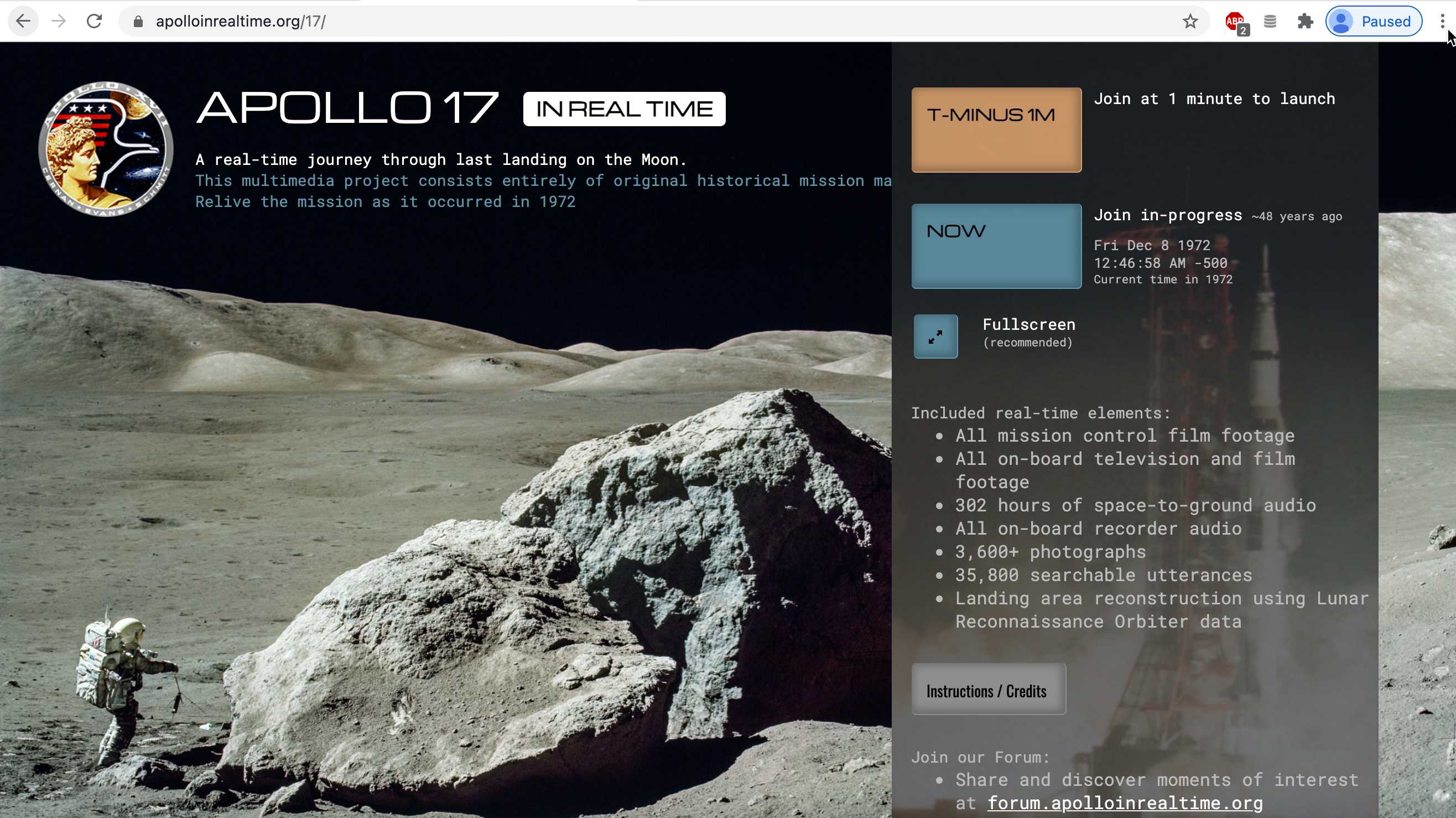
Included real-time elements:
- All mission control film footage
- All on-board television and film footage
- 302 hours of space-to-ground audio
- All on-board recorder audio
- 3,600+ photographs
- 35,800 searchable utterances
- Landing area reconstruction using Lunar Reconnaissance Orbiter data
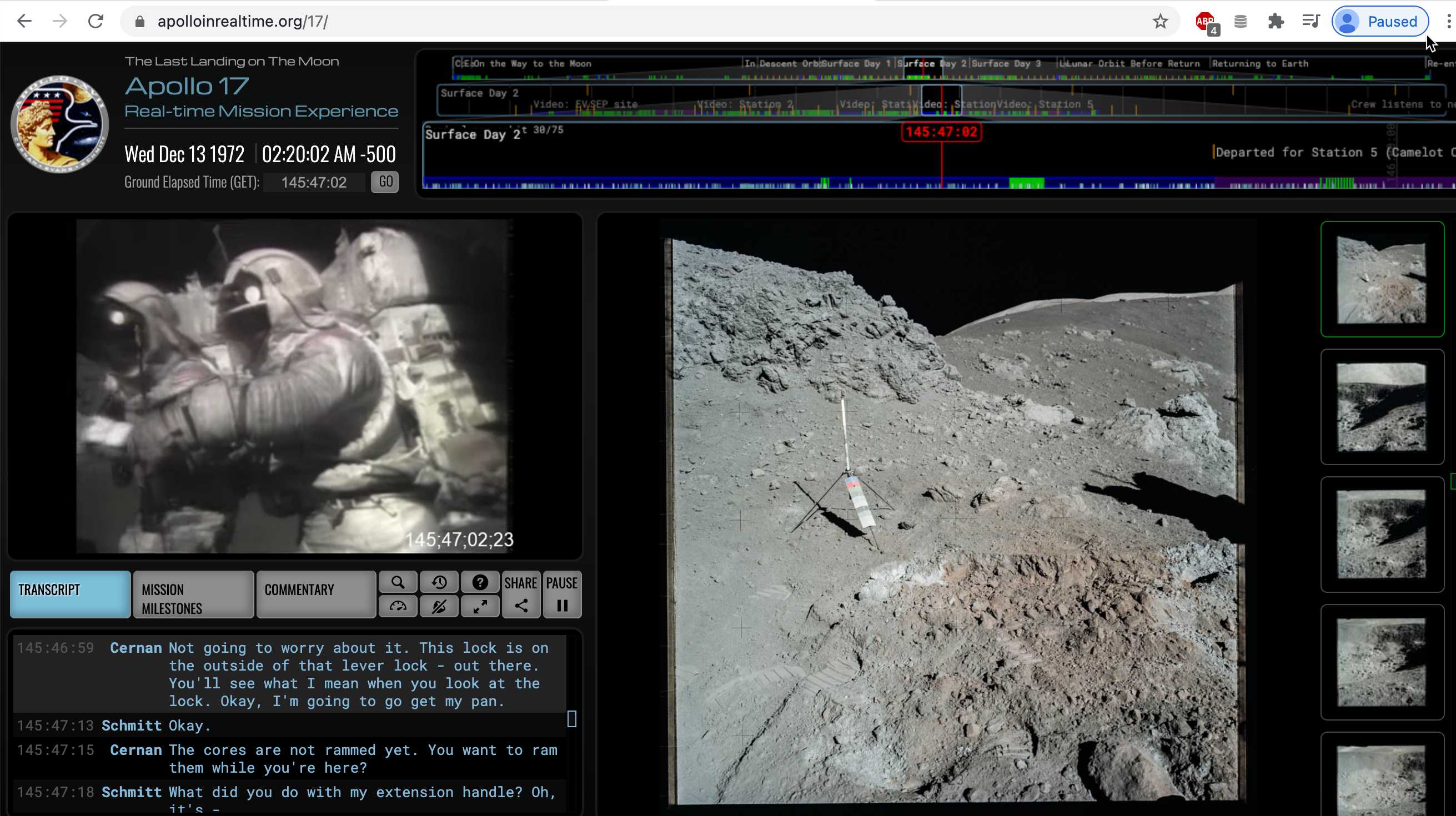
Other info...
Official NASA Apollo photo archives at...
Apollo Lunar Landing Missions:
Apollo 11 - Landed on Moon 20 July 1969, Sea of Tranquility, Returned to Earth 24 July 1969
Apollo 12 - Landed on Moon 19 November 1969, Ocean of Storms, Returned to Earth 24 November 1969
Apollo 14 - Landed on Moon 5 February 1971, Fra Mauro, Returned to Earth 9 February 1971
Apollo 15 - Landed on Moon 30 July 1971, Hadley Rille, Returned to Earth 7 August 1971
Apollo 17 - Landed on Moon 11 December 1972, Taurus-Littrow, Returned to Earth 19 December 1972
Apollo 11 Image Library
http://www.hq.nasa.gov/alsj/a11/images11.html
Apollo 12 Image Library
https://www.hq.nasa.gov/alsj/a12/images12.html
Apollo 14 Image Library
http://www.hq.nasa.gov/alsj/a14/images14.html
Apollo 15 Map and Image Library
https://www.hq.nasa.gov/alsj/a15/images15.html
Apollo 16 Map and Image Library
http://www.hq.nasa.gov/alsj/a16/images16.html
Apollo 17 Image Library
http://history.nasa.gov/alsj/a17/images17.html
- - -
Discussion at - https://www.youtube.com/channel/UC7ipUKERU0tzYFxALJBli4A/discussion
kind regards, JonahTheScientist

